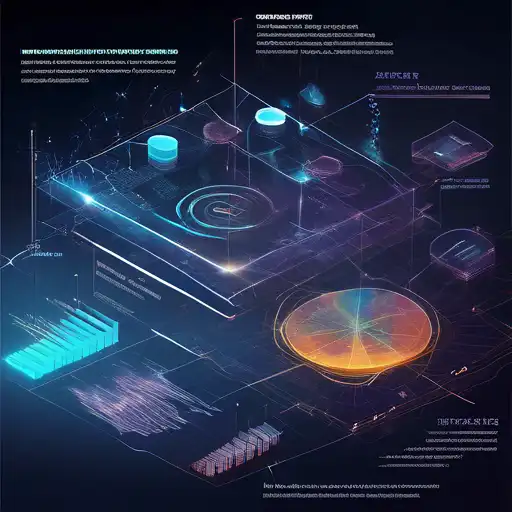Introduction to Data Visualization
In the era of big data, the ability to visualize complex datasets in an understandable and actionable manner is invaluable. Data visualization techniques enable businesses and researchers to uncover hidden patterns, correlations, and insights that might not be evident from raw data alone. This article explores the most effective data visualization techniques that can help you gain better insights from your data.
Why Data Visualization Matters
Data visualization is not just about making pretty charts; it's about making data accessible and understandable to everyone, regardless of their technical expertise. By transforming numbers and metrics into visual contexts, such as graphs, charts, and maps, data visualization tools provide a straightforward way to see and understand trends, outliers, and patterns in data.
Key Data Visualization Techniques
1. Bar Charts and Column Charts
Bar and column charts are among the most common and straightforward visualization techniques. They are ideal for comparing quantities across different categories. For instance, a business might use a bar chart to compare monthly sales across different regions.
2. Line Graphs
Line graphs are perfect for displaying data trends over time. They can show how a particular variable changes, making them invaluable for tracking progress, growth, or declines in various metrics.
3. Pie Charts
Pie charts are useful for showing proportions and percentages. They help in understanding how individual parts contribute to the whole, such as market share distribution among competitors.
4. Scatter Plots
Scatter plots are excellent for identifying correlations between two variables. They can reveal patterns, trends, and relationships that might not be apparent from looking at the data in a table format.
5. Heat Maps
Heat maps use color coding to represent data values, making them a powerful tool for visualizing complex data sets, such as website traffic or user behavior patterns.
Advanced Data Visualization Techniques
For those looking to dive deeper, advanced techniques like interactive dashboards, geospatial mapping, and network diagrams offer even more nuanced insights. These methods allow users to explore data in real-time, uncovering layers of information that static charts cannot provide.
Choosing the Right Visualization Technique
Selecting the appropriate visualization technique depends on the nature of your data and the insights you wish to derive. Consider the audience, the data's complexity, and the story you want to tell with your data. Tools like business intelligence software can help automate and enhance this process.
Conclusion
Effective data visualization is a cornerstone of modern data analysis, enabling clearer communication, better decision-making, and deeper insights. By mastering these techniques, you can transform raw data into compelling visual stories that drive action and innovation.
